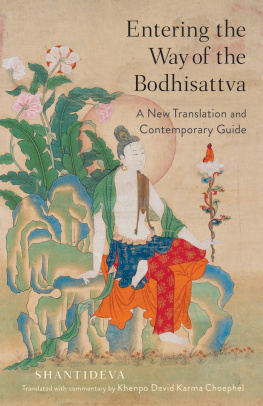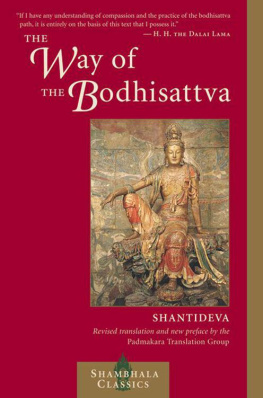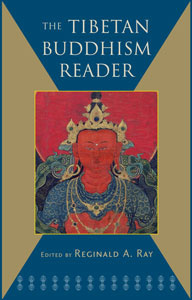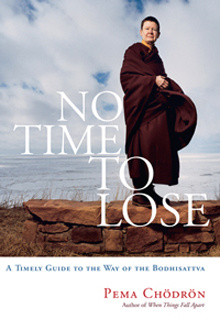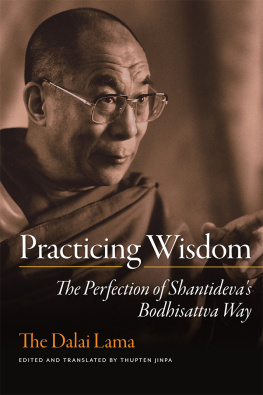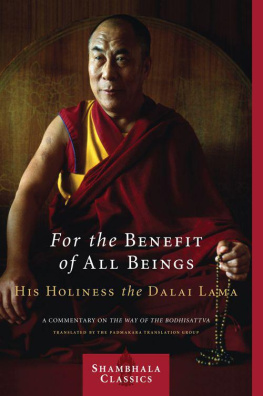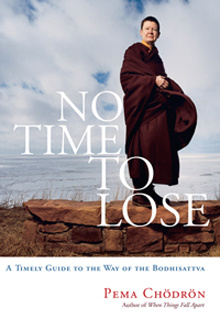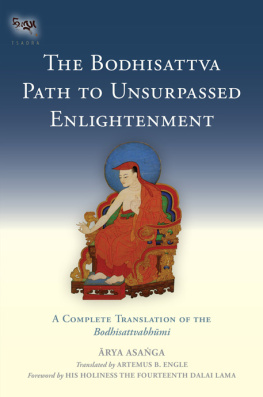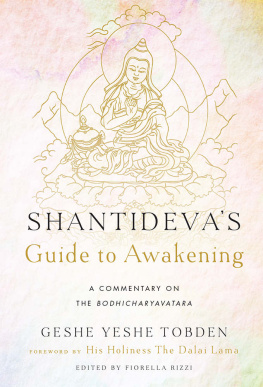Shantidevas work is required reading for an understanding of Tibetan Buddhism, and the clarity and crispness of this translation make it an accessible way into this world.
Publishers Weekly
If I have any understanding of compassion and the practice of the bodhisattva path, it is entirely on the basis of this text that I possess it.
H. H. the Dalai Lama
The Way of the Bodhisattva was composed in India over twelve centuries ago, yet it remains remarkably relevant for our times. This classic text gives surprisingly up-to-date instructions for people like you and me to live sanely and openheartedly, even in a very troubled world. It is the essential guidebook for fledgling bodhisattvas, those spiritual warriors who long to alleviate suffering, their own and that of others.
Pema Chdrn
ABOUT THE BOOK
Treasured by Buddhists of all traditions, The Way of the Bodhisattva (Bodhicharyavatara) is a guide to cultivating the mind of enlightenment, and to generating the qualities of love, compassion, generosity, and patience. This text has been studied, practiced, and expounded upon in an unbroken tradition for centuries, first in India, and later in Tibet. Presented in the form of a personal meditation in verse, it outlines the path of the Bodhisattvasthose who renounce the peace of individual enlightenment and vow to work for the liberation of all beings and to attain buddhahood for their sake.
This version, translated from the Tibetan, is a revision by the translators of the 1997 edition. Included are a foreword by His Holiness the Dalai Lama, a new translators preface, a thorough introduction, a note on the translation, and three appendices of commentary by the Nyingma master Kunzang Pelden.
The PADMAKARA TRANSLATION GROUP, based in France, has a distinguished reputation for all its translations of Tibetan texts and teachings. Its work has been published in several languages and is renowned for its clear and accurate literary style.
Sign up to learn more about our books and receive special offers from Shambhala Publications.

Or visit us online to sign up at shambhala.com/eshambhala.



Shambhala Publications, Inc.
Horticultural Hall
300 Massachusetts Avenue
Boston, Massachusetts 02115
www.shambhala.com
1997, 2006 by the Padmakara Translation Group
Cover art: Seated Guanyin Bodhisattva. Northern Song Dynasty (9601127).
The Nelson-Atkins Museum of Art, Kansas City, Missouri (Purchase: Nelson Trust) 34-10.
Photograph by Robert Newcombe.
All rights reserved. No part of this book may be reproduced in any form or by any means, electronic or mechanical, including photocopying, recording, or by any information storage and retrieval system, without permission in writing from the publisher.
Second edition, revised
Library of Congress Cataloging-in-Publication Data
Santideva, 7th cent.
[Bodhicaryavatara. English.]
The way of the Bodhisattva: a translation of the Bodhicharyavatara / Shantideva; translated from the Tibetan by the Padmakara Translation Group; foreword by the Dalai Lama.Rev. ed.
p. cm.
Includes bibliographical references.
eISBN 978-0-8348-2565-9
ISBN 978-1-59030-388-7 (pbk.: alk. paper)
1. Mahayana BuddhismDoctrinesEarly works to 1800. I. Bstan-dzin-rgya-mtsho, Dalai Lama XIV, 1935 II. Padmakara Translation Group III. Title.
BQ3142.E5P33 2006
294.385DC22
2006014801
The Padmakara Translation Group gratefully acknowledges the generous support of the Tsadra Foundation in sponsoring the preparation of this revised edition.
The Bodhicharyvatra was composed by the Indian scholar Shntideva, renowned in Tibet as one of the most reliable of teachers. Since it mainly focuses on the cultivation and enhancement of bodhichitta, the work belongs to the Mahyna. At the same time, Shntidevas philosophical stance, as expounded particularly in the ninth chapter on wisdom, follows the Prsagika-Madhyamaka viewpoint of Chandrakrti.
The principal focus of Mahyna teachings is on cultivating a mind wishing to benefit other sentient beings. With an increase in our own sense of peace and happiness, we will naturally be better able to contribute to the peace and happiness of others. Transforming the mind and cultivating a positive, altruistic, and responsible attitude are beneficial right now. Whatever problems and difficulties we may have, we can thereby face them with courage, calmness, and high spirits. Therefore, it is also the very root of happiness for many lives to come.
Based on my own little experience, I can confidently say that the teachings and instructions of the Buddhadharma and particularly the Mahyna teachings continue to be relevant and useful today. If we sincerely put the gist of these teachings into practice, we need have no hesitation about their effectiveness. The benefits of developing qualities like love, compassion, generosity, and patience are not confined to the personal level alone; they extend to all sentient beings and even to the maintenance of harmony with the environment. It is not as if these teachings were useful at some time in the past but are no longer relevant in modern times. They remain pertinent today. This is why I encourage people to pay attention to such practices; it is not just so that the tradition may be preserved.
The Bodhicharyvatra has been widely acclaimed and respected for more than one thousand years. It is studied and praised by all four schools of Tibetan Buddhism. I myself received transmission and explanation of this important, holy text from the late Kunu Lama, Tenzin Gyaltsen, who received it from a disciple of the great Dzogchen master, Dza Patrul Rinpoche. It has proved very useful and beneficial to my mind.
I am delighted that the Padmakara Translation Group has prepared a fresh English translation of the Bodhicharyvatra. They have tried to combine an accuracy of meaning with an ease of expression, which can only serve the texts purpose well. I congratulate them and offer my prayers that their efforts may contribute to greater peace and happiness among all sentient beings.
T ENZIN G YATSO
THE FOURTEENTH DALAI LAMA
17 October 1996
When the first edition of The Way of the Bodhisattva was published in 1997, it was stated that the commentary of the Nyingma master Khenpo Kunzang Pelden (18721943) had been consulted for the elucidation of difficult passages. At the time, a translation into English of that long and important work was no more than a pious dream. Now, after a wait of almost ten years and many intervening projects, this task has been completed; and the careful reading and study of the text that it involved prompted us to revisit and overhaul our original version of The Way of the Bodhisattva, correcting errors and, where possible, making it a tauter, more literal, reflection of the Tibetan original. We hope that we have been able to rectify the perhaps undue freedom of expression in the earlier rendering that led some of its readers to question its accuracy, while at the same time maintaining and improving on the stylistic features that others found attractive. It is a rare thing in the publishing business to have the opportunity to amend past work and to remove, or at any rate diminish, its more obvious blemishes; and we are extremely grateful to Emily Bower and the staff at Shambhala Publications for being willing to produce this new edition.
Next page

